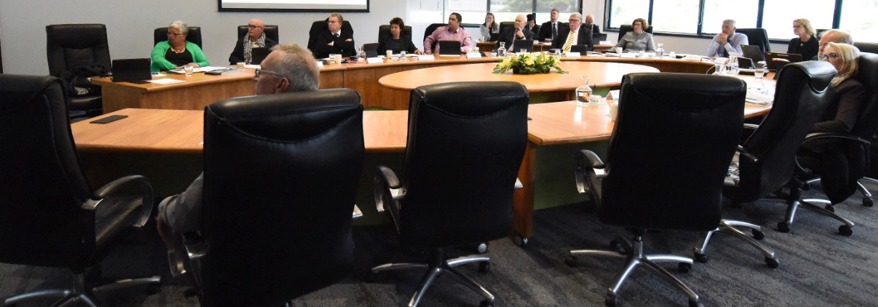Rotorua District Council, trading as Rotorua Lakes Council (the applicant) is applying for a new comprehensive stormwater resource consent to authorise the discharge of urban stormwater (rainwater) throughout the Rotorua Urban Area. Rotorua Lakes Council have not previously held a comprehensive consent to discharge stormwater (rainwater) throughout the Rotorua Urban Area but have held multiple small scale stormwater discharge consents. This proposal seeks to amalgamate the existing stormwater discharge consents held by Rotorua Lakes Council into the one comprehensive consent.
Stormwater that is generated during rain events flows through the existing network which is made up of a series of pipes, culverts, open drains, roadside swales and streams, where it ultimately discharges to Lake Rotorua at the bottom of the catchment. There are also a number of detention ponds, swales, soakaways and large dams located throughout the catchment.
The application includes the discharge of stormwater throughout the existing, built urban area and will enable Rotorua Lakes Council to undertake the required maintenance of the existing infrastructure and upgrades to the existing stormwater infrastructure as required. It is proposed that maintenance and upgrades of the infrastructure will be undertaken to ensure the stormwater network continues to function well and is designed to the appropriate standards to
alleviate flooding and water quality issues over time.
It is proposed that the upgrades to infrastructure within the high risk catchments, where the most significant effects are experienced, will be prioritised initially, with a plan to focus on other (low risk) catchments over time.
It is noted that new infrastructure and any greenfield developments are not included in this application and will be authorised separately, as and when the development occurs.
Rotorua Lakes Council have requested that high risk sites zoned industrial are excluded from the comprehensive stormwater consent. This will mean that industrial sites will either need to comply with the relevant regional rules (DW R20) or seek consent for their site.
Location
The application is to discharge stormwater throughout the Rotorua Urban Area which expands across seven catchments being the Waitawa, Waingaehe, Puarenga, Utuhina, Waiowhero, Ngongotaha and Waiteti Streams where it ultimately discharges to Lake Rotorua which is shown in Figure 1 below.
![map]()
Submissions on this application close at 5.00pm on 4 December 2023. When making your submission, please be clear about your reasons for submission and the outcome you are seeking. Where possible, please use the Bay of Plenty Regional Council’s template
submission form.
A copy of your submission must also be served on the applicant at the address given below, as soon as reasonably practicable after serving your submission on Bay of Plenty Regional Council.
Applicant’s address: Rotorua Lakes Council c/o Ann Nicholas, Principal Planner, Sigma Consultants, PO Box 553, Rotorua or via email at annn@sigmaconsult.co.nz.
Documents


